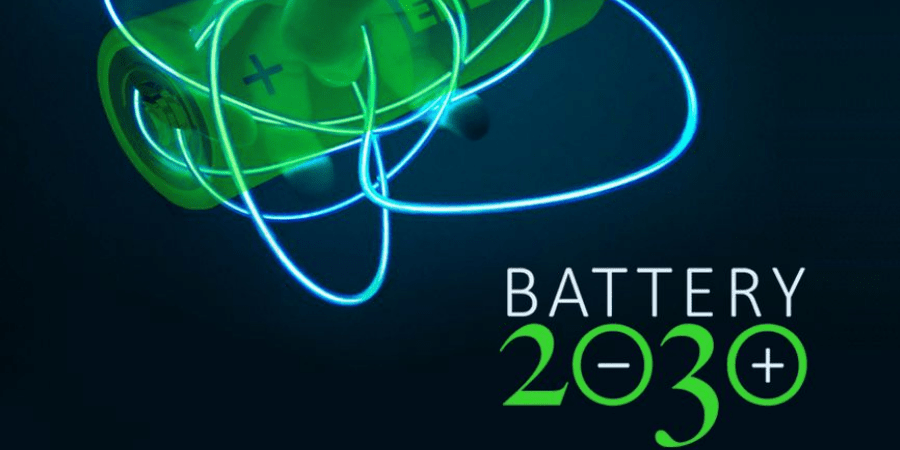BATTERY2030+ projects kick-off looking for better cells
The European BATTERY 2030+ project is gaining momentum as the research initiative launches seven projects with a total budget of 40.5 million euros from the EU’s Horizon 2020 program this September.
The launch comes after the consortium presented a long-term roadmap for the development of sustainable battery technologies in April with areas of research now focussing on sensors, self-healing properties for batteries as well as a platform for knowledge exchange on the cell level.
The projects now funded for three years through Horizon2020 include BIG-MAP, INSTABAT, SENSIBAT, SPARTACUS, BAT4EVER, HIDDEN and BATTERY 2030PLUS itself.
BIG-MAP is the most extensive single effort within the Battery2030+ initiative and unites 34 institutions from 15 countries. Led by Denmarks’s TU, the project also includes partners such as the KIT and the Ulm University with its joint Helmholtz Institute Ulm (HIU) from Germany through the CELEST platform reportedly.
Another backdrop before we look at the other areas of research – BATTERY2030+ is part of the European Battery Alliance (EBA) that the EU Commission first called for in 2018 to develop a “green battery” that would adhere to EU standards. Coordinated by Fraunhofer R&D Center for Electromobility and Kristina Edström, Professor of Inorganic Chemistry at Uppsala University, measures to lower the C02-footprint of batteries include sustainably degraded materials, higher material resource efficiency and smarter functions, greener manufacturing processes, and more efficient recycling methods. The core group comprises 17 organisations from nine European countries.
Now with seven projects underway, Edström was prompted to say: “We’re finally up and running!”
The total budget of 40.5 million euros from the EU’s Horizon 2020 research and innovation programme is to last all seven projects for three years. The research includes the areas of developing an European infrastructure platform to combine large-scale calculations and experimental studies to map the complex reactions that take place in a battery. The latest press release further names the development and integration of sensors that examine and report on the battery’s health in real-time as well as self-healing components that extend battery life and improve safety.
BIG-MAP is to continue the efforts in the first area. Sensors will be looked at in INSTABAT, where scientists under French direction are developing four physical and two virtual sensors to record critical parameters of battery cells in real-time. The SENSIVAT project under Spanish guide also involves sensors which here measure internal temperature, pressure, conductivity and impedance within battery systems. SPARTACUS, headed by the Fraunhofer ISC, also aims to develop sensors, this time of acousto-mechanical and thermal natures. In combination with impedance spectroscopy, they shall detect any deterioration.
Talking about tear and wear, the Brussels-led BAT4EVER project is looking to create a new type of lithium-ion battery that can withstand micro-damage and compensate for element losses during multiple recharging cycles. Researchers under Finnish leadership are active in a similar area at HIDDEN: researchers will investigate novel electrolytes and separators with “self-healing” properties.
empa.ch, idw-online.de (the projects)






0 Comments